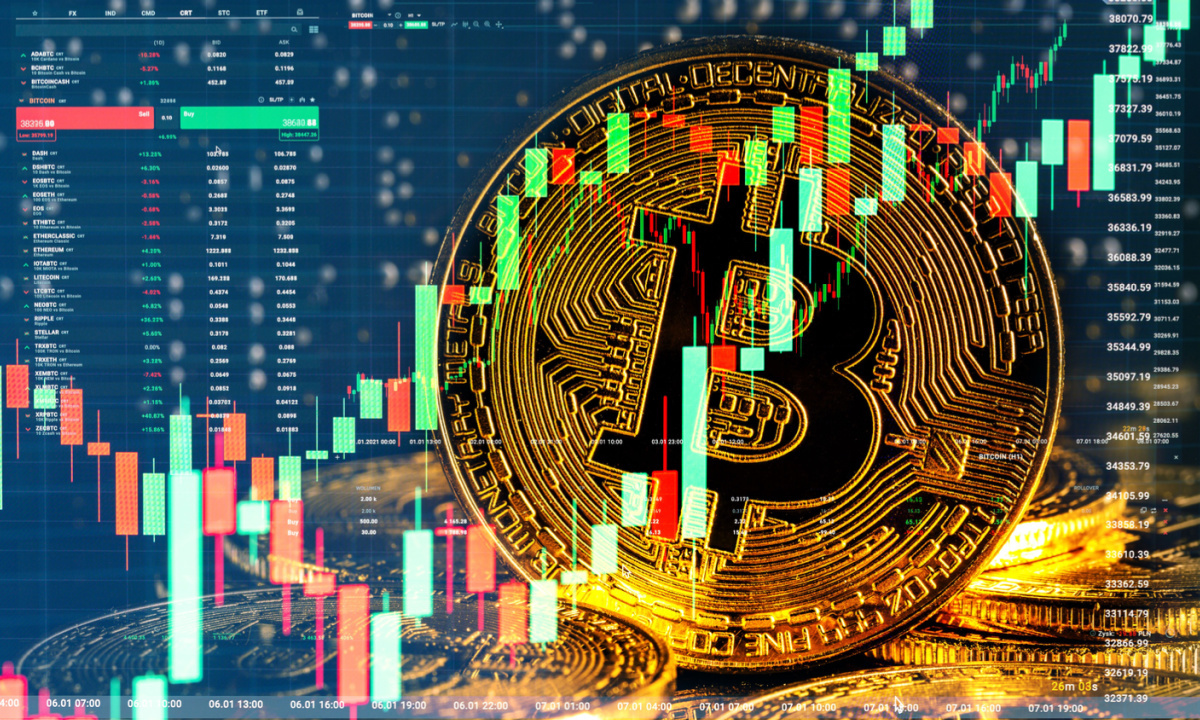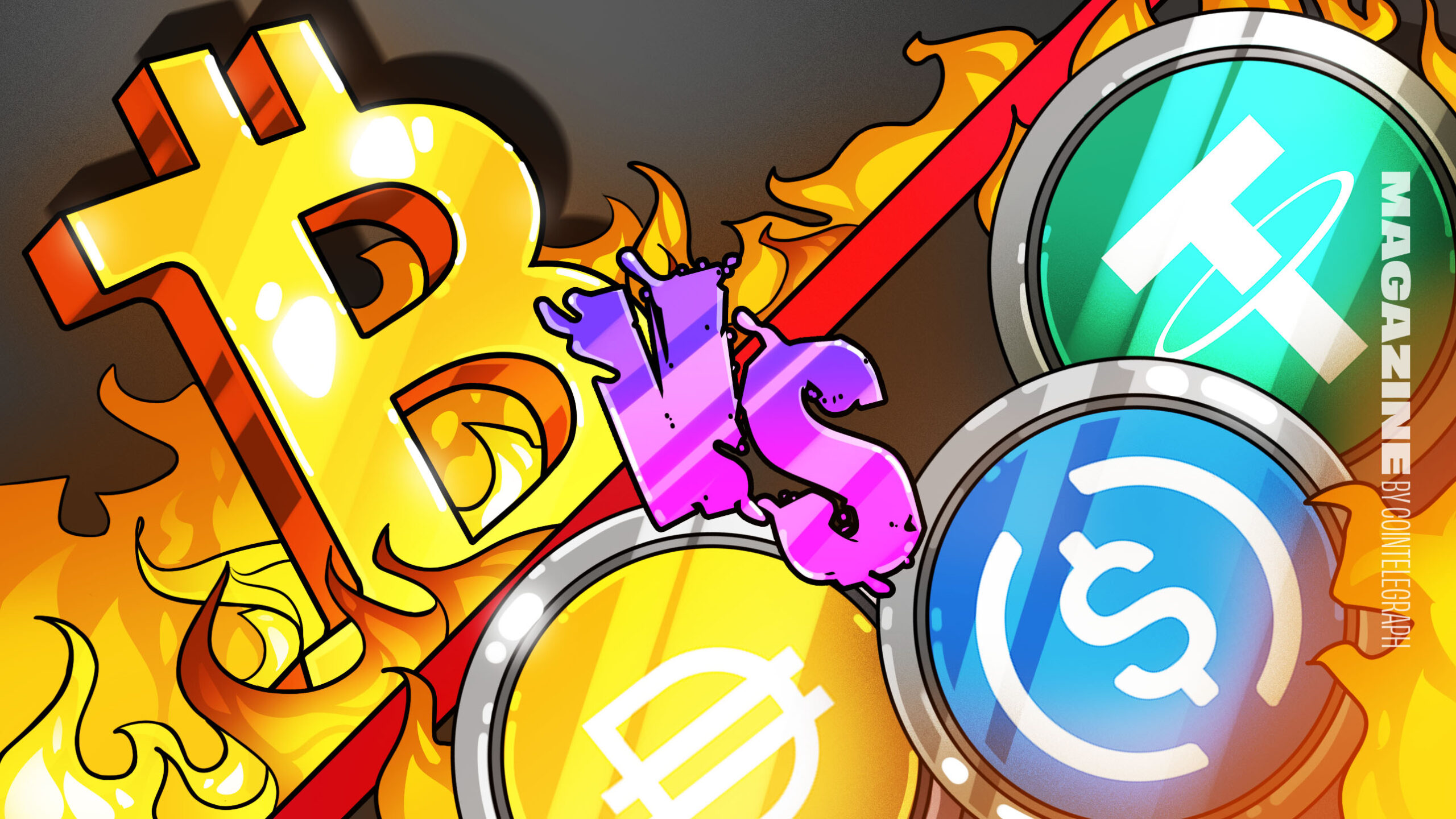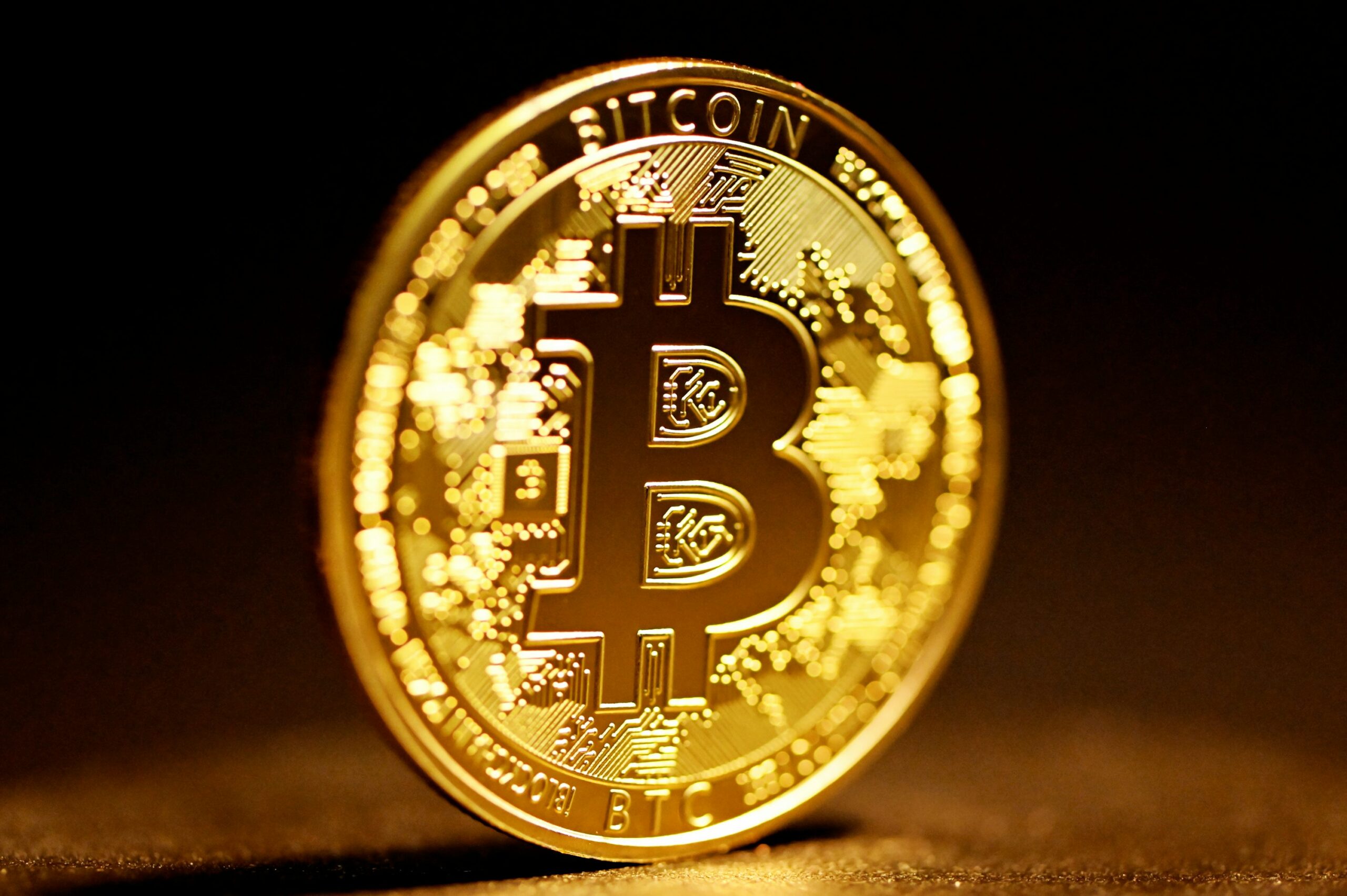- Tesla CEO Elon Musk Issues U.S. Bankruptcy Warning Amid Calls For A Bitcoin-Inspired ‘Fix’
- Crypto Market Sees $1 Billion Outflows—Bitcoin and Select Altcoins Show Resilience
- Cryptocurrency Analyst Says This Single Factor Could Propel Bitcoin And Crypto To New Heights In 2025
- Explainer-How would a U.S. bitcoin strategic reserve work?
- Better Buy in 2025: XRP or Bitcoin?
Don’t look now, but cryptocurrency prices are surging again.
Bạn đang xem: How to avoid crypto investing FOMO, from a behavioral finance expert
Bitcoin, the largest and most popular coin on the market, is up 131% so far this year thanks, in part, to investors’ belief that the incoming Presidential administration will create a more favorable regulatory environment for crypto.
Gains have been even more pronounced for some smaller digital tokens. Traders who’ve noticed the initials of the planned Department of Government Efficiency have bid up dogecoin by 296% this year.
Notably, cryptocurrency prices — especially for smaller coins — tend to move solely based on investor speculation, and not on fundamental factors, the way that corporate earnings move stock prices. That makes them extremely volatile assets, market experts say.
Nevertheless, when you see people on the internet getting rich trading a cryptocurrency based on a shiba inu meme, it’s easy to feel what behavioral finance experts call “regret aversion”: the sense that, if you don’t get into this market soon, you’ll feel silly for having passed up easy gains.
The more popular term for this feeling is FOMO — fear of missing out — and it’s a force that, if left unchecked, could seriously jeopardize your portfolio, says Amos Nadler, founder of Prof of Wall Street and a Ph.D. in behavioral finance and neuroeconomics.
When it comes to missing out on investments, “It’s OK to feel bad,” he says. “It’s better to feel bad than to let FOMO to drive you to do something stupid.”
Xem thêm : Bitcoin, XRP and Dogecoin Fall Fast After Federal Reserve Cuts Rates
Here’s how to keep your crypto investing FOMO in check.
How to keep investing FOMO from derailing your portfolio
People can feel FOMO about any exciting investment, but crypto, with its enormous short-term gains and internet cool, can prove particularly alluring to curious investors, Nadler says. Especially since crypto trading brings with it the promise of riches without the boring old spreadsheet stuff that comes with trading traditional assets such as stocks.
“People are drawn to it because it seems a lot simpler than having to think about macro factors and interest rates and earnings and M&A — all the boring stuff your dad had to deal with,” he says. “We can just put in our money and become rich.”
Naturally, that thinking can be very dangerous when dealing with a highly volatile asset. Just ask anyone who recently bought Haliey Welch’s “Hawk Tuah” themed crypto and instantly took on huge losses.
It pays, then, to have a process that allows you to make informed decisions around your more speculative trades, rather than emotionally-driven ones, says Nadler. Consider the following framework.
Step 1: Acknowledge your feelings
The first step is ignoring the sorts of things that may tempt you to make a risky trade, like posts on social media. But short of locking your phone in a box, you’ll have to come into contact with tempting investments and be honest with yourself about how you’re feeling.
“You may feel like you’re super curious or excited about this thing. Acknowledge that feeling,” Nadler says. “We’re human. It’s OK to feel excited.”
Step 2: Are you investing or speculating?
A long-term investment requires due diligence, Nadler says. When buying a stock, for instance, you’d be wise to examine the company’s underlying fundamentals, such as earnings and debt levels.
Xem thêm : The Year in NFTs: Bitcoin Ordinals Boom, Airdrop Craze, and Brands Come and Go
Because just about anyone can offer a digital currency online, Nadler says, it’s much more difficult for average investors to come up with a reason for owning a particular cryptocurrency other than the hope that it will appreciate. “What you have, basically, is price,” he says. “Price is telling me what to do.”
When that’s the case, he says, you put yourself at risk of incurring major losses.
Step 3: Find a realistic position
Once you realize you’re speculating, think about what, realistically, you’re willing to risk on an investment that could make you rich or could go to zero very quickly.
“Am I really going to take my inheritance I just got from my aunt or my whole paycheck and put it in this thing?” Nadler says.
Probably not. But if you’ll feel silly if the thing goes to the moon, it might make sense to have a little something on it, he says. Maybe even a little more than a token amount — something that will provide a boon to your portfolio if it hits, but won’t derail your plans if it loses.
“If you want to just have a portion of your wealth that you like playing with, fine. But have [the percentage] be small, single digits, versus your entire inheritance, your entire paycheck,” Nadler says.
Want to make extra money outside of your day job? Sign up for CNBC’s online course How to Earn Passive Income Online to learn about common passive income streams, tips to get started and real-life success stories.
Plus, sign up for CNBC Make It’s newsletter to get tips and tricks for success at work, with money and in life.
Nguồn: https://rentersinsurance.cyou
Danh mục: News







